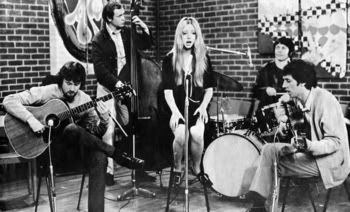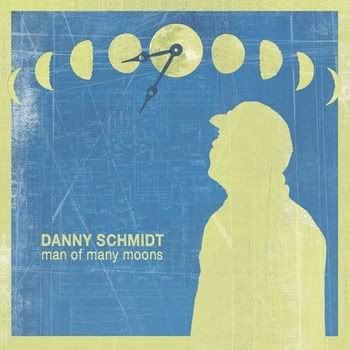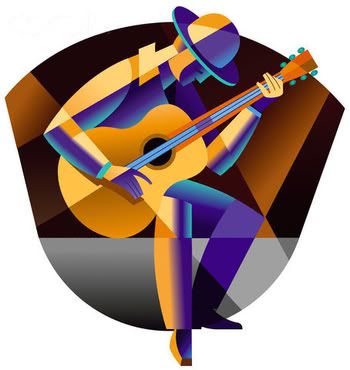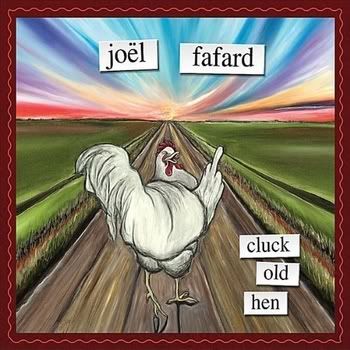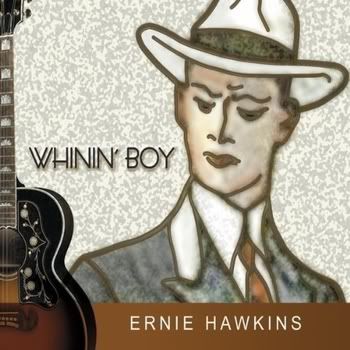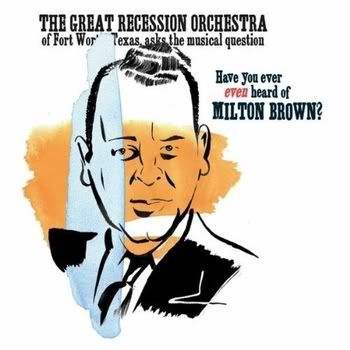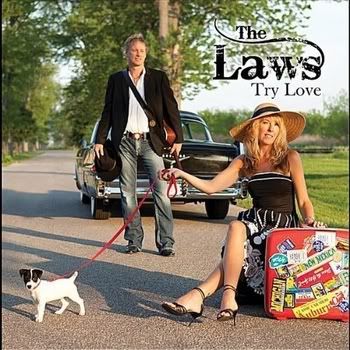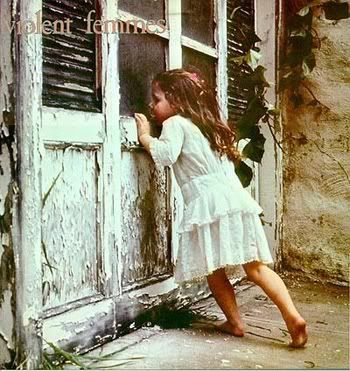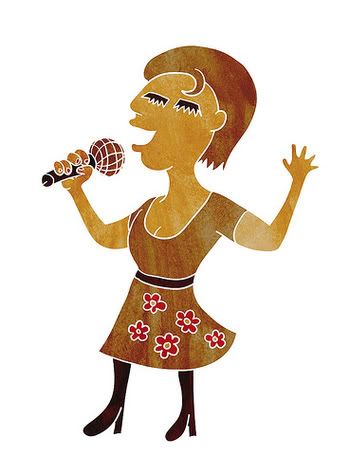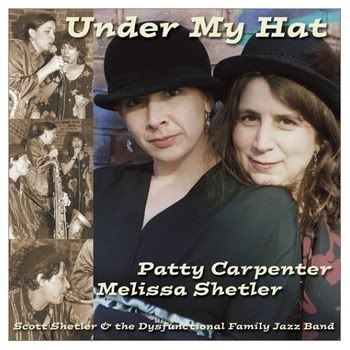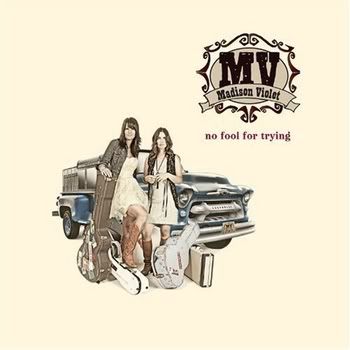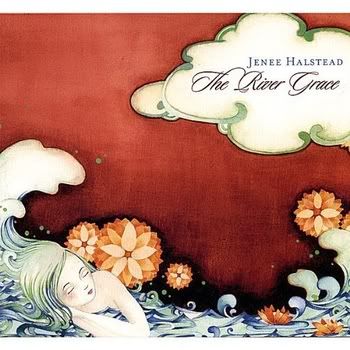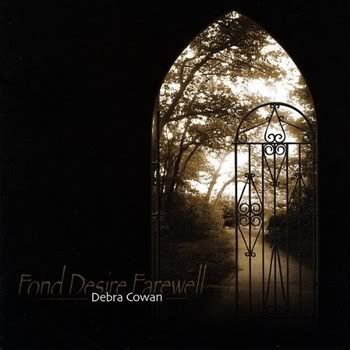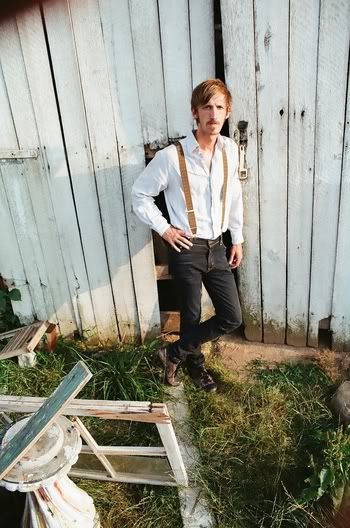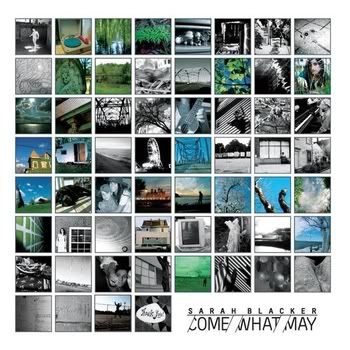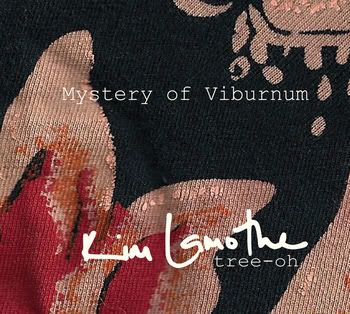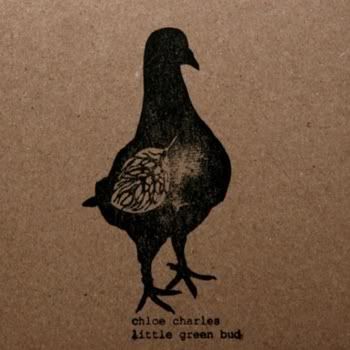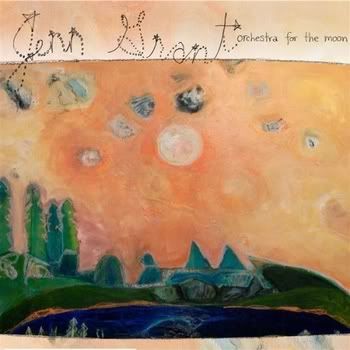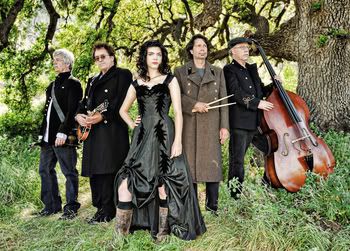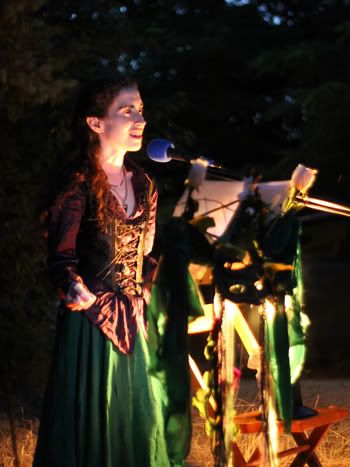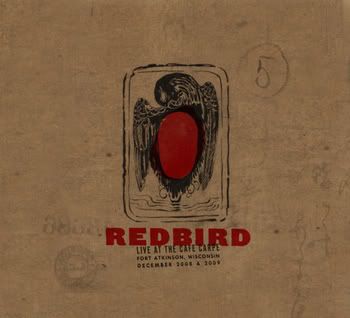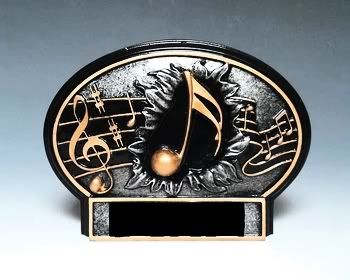
The above image is a real trophy, available for purchase and customized to your needs here.
I used to have a rule: never trust a critic who likes everything. To this day, there are “film critics” who receive perks from movie studios, and like everything in a way that generates blurbs for advertising. I love the movie ad that says “best romantic comedy of the year”, when it’s only January. But the internet changes things a bit. I receive my music for free from artists and promoters who hope I will blog about it, but I receive no other compensation. I like everything I blog about, because I wouldn’t share it with you if I didn’t. When I hear something that is not to my taste, I don’t ask the artist to send it. If I like it less than I thought once I have it, I don’t post it. (But I also have plenty of wonderful music I just haven’t found time for yet. If something you sent me hasn’t appeared, don’t despair.) All of this is worth mentioning because today I am going to gush. It will be quite unseemly, so consider yourself warned. Here are five albums which I can heartily recommend in their entirety. But each contains a moment, a song, which blew me away even more than the album over all. This post, then, is devoted to those jaw-dropping moments.
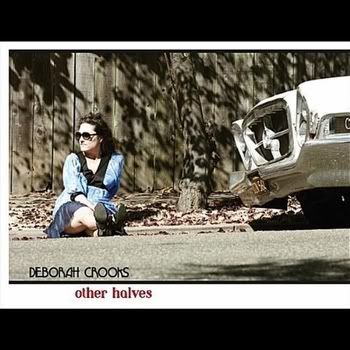
Deborah Crooks: Blink
[purchase]
Other Halves is an EP with only four songs. It ends with a cover of Neil Young’s Heart of Gold; this has never been my favorite song, but Deborah Crooks does it justice. The EP starts with two original Americana songs that are very fine. But the kicker is Blink. The song opens with just stand-up bass, and the listener is wondering where this will go. Are things about to turn jazzy? But then the drums and organ come in, and things become clear: this is reggae! There are no other instruments on this one, but none are needed. Crooks comes in on vocals, and it just gets better. She sings Blink in a sultry bluesy alto. It may not sound like these pieces should fit together, but do they ever. It doesn’t hurt that the lyrics are a beautifully written meditation on the passing of time, but that’s just a bonus.
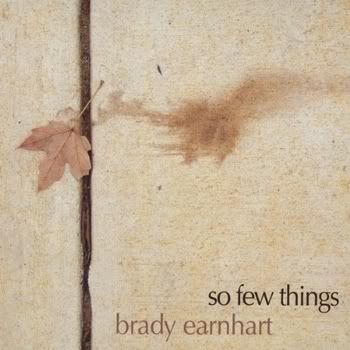
Brady Earnhart: This Time
[purchase]
If you are going to open your album with an original musical setting of a poem by Emily Dickinson, you run the risk of having your own lyrics pale by comparison. Brady Earnhart doesn’t have that problem, because he is a fine poet in his own right. He sings in a tenor voice that is both smooth and emotive. There is his acoustic guitar on every song, plus stand-up bass. To that, Earnhart adds wonderfully creative arrangements that can include horns or strings. I’m guessing from the way they are used that Earnhart has a background both in jazz and contemporary classical music. But This Time has only one other instrument besides guitar and bass: a tabla. This trio performance has a jazzy feel, but also a folky one. In that way, it puts me in mind of Pentangle. With just three instruments and his vocal line, Earnhart creates a dramatic tension in the music that really makes this one memorable.

Carrie Wade: Sublime
[purchase]
I am happily married to a wonderful woman. But, if I were available, this song could win my heart. Sublime is built on an arrangement of drums, bass, piano, and accordion. Add flavor with some gypsy violin and some acoustic guitar fills. Then top it off with Carrie Wade’s beautiful voice. This is the most sensual song I have heard in a very long time. Elsewhere, this album contains mostly what I would call folk-pop, but Wade adds interesting and unusual instrument touches, and her lyrics are beautifully crafted. I hope she takes more musical chances in the future. Sublime assures me that I want to be around to see what she does next.
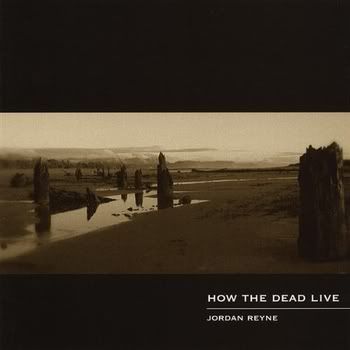
Jordan Reyne: The Brave
[purchase]
Jordan Reyne lives in New Zealand, where the story of Susannah Hawes has apparently passed into folklore. Hawes was one of the earliest European settlers, arriving in 1874. The album How the Dead Live is Reyne’s telling of the story of Susannah Hawes. Reyne makes History and Death characters in her telling. That is either going to come off as pretentious or amazing. Reyne sings in an alto that is almost a tenor, and she plays acoustic guitar and adds electronic effects. The whole thing has an ancient quality that really makes it work beautifully. The Brave is Susannah’s appeal to History to remember ordinary people like herself, not just generals and kings. This sympathy and human spirit really make this album work as a whole, and The Brave is one of the songs that really put it over for me.
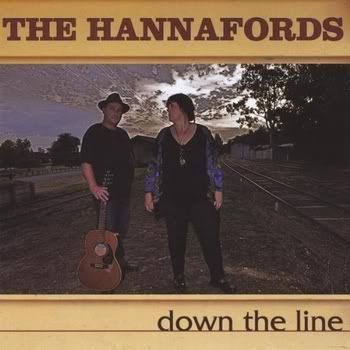
The Hannafords: She Grew
[purchase]
Craig and Auriol Hannaford write their songs together, and Craig provides sympathetic backing on acoustic guitar. Producer Hugh McDonald handles the background vocals and plays six instruments on the album Down the Line. So it can sound like a full band, or just a few musician friends jamming. The spotlight is where it belongs, on Auriol Hannaford’s voice. Auriol sings in a wonderfully warm folk alto with a bit of smoke in it. As I listened to it on the nicely varied program of songs here, it didn’t occur to me to wonder what it would sound like on a lullaby. But, coming almost at the end of the album, that would be She Grew. And this one really hits it for me. I imagine a mother singing this to her daughter over the course of years, telling the daughter what the singer’s mother was like at her age, and adding verses of the course of time. It’s a brilliant lyrical device, and Auriol’s singing makes it completely convincing. Hannaford certainly isn’t a Jewish name, but this melody has all of the best qualities of a Yiddish folk song, and that works beautifully with the lyrics and performance.

